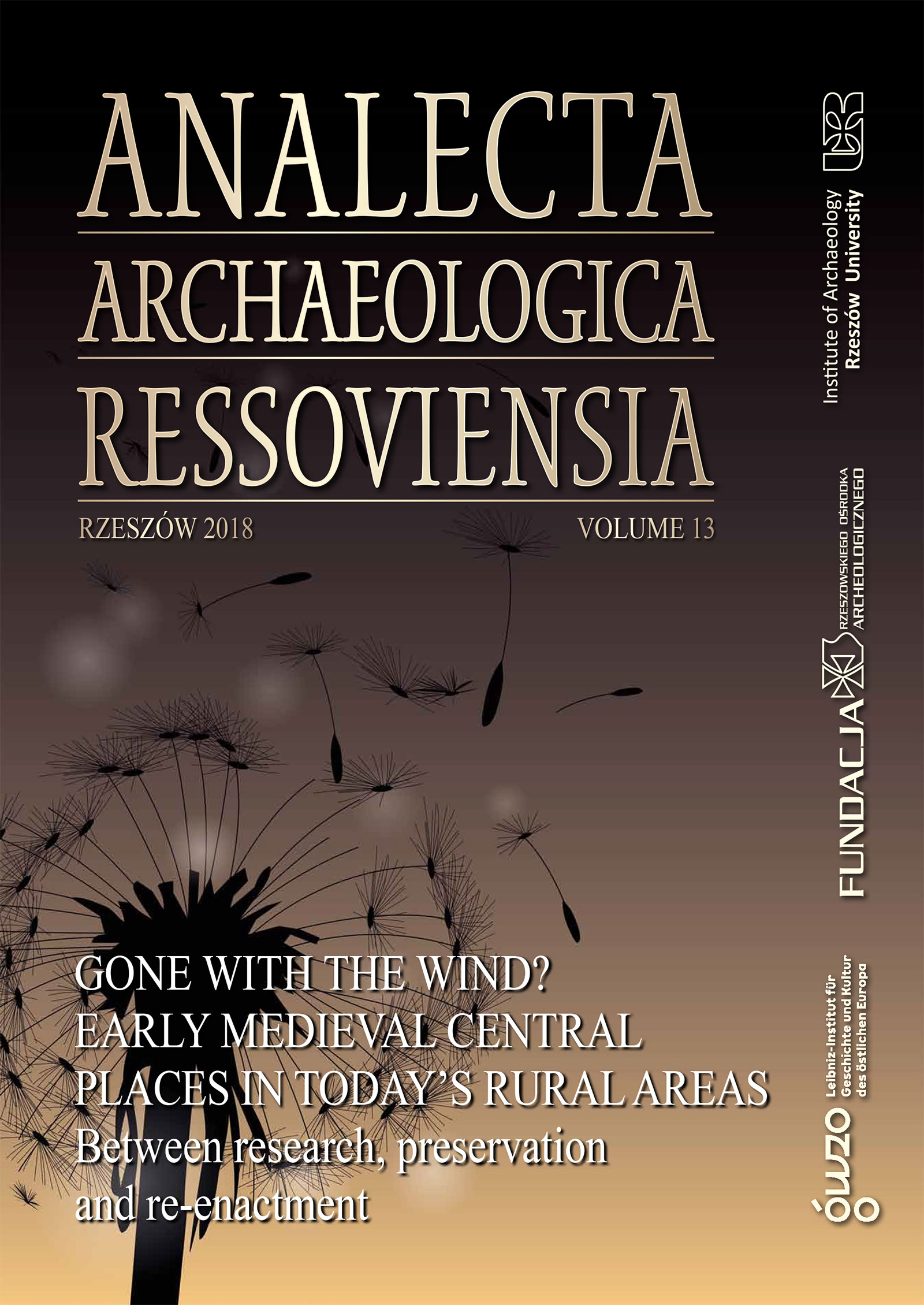Cultural Heritage and Archaeological Investigations in East Thrace
DOI:
https://doi.org/10.15584/anarres.2018.13.6Keywords:
Byzantium, East Thrace, Via Egnatia, Firuzköy, Küçükçekmece, Athyras, Episkopeia, AngurinaAbstract
The eastern end of Thrace, situated between the Black Sea and the Sea of Marmara, the Bosphorus and the Anastasian Wall, was in recent years the subject of Polish-Turkish archaeological investigations. The settlements on this territory formed Constantinople’s immediate hinterland in the Byzantine period. Our studies focused on the beginning of the Via Egnatia. They included the famous suburb of Hebdomon and the city of Rhegion. A number of new sources were recorded as a result of our excavations, surface surveys, sonar prospections of water bodies, and queries of archive collections. They enabled us to examine the spatial and settlement structure of this area in the Byzantine period. The structure also included the settlement complex on the Firuzköy Peninsula on Lake Küçükçekmece, as well as settlements in Athyras, Selymbria, Melantias, Episkopia, Angurina, Schiza and Daphnusion. They were elements of Constantinople’s communications and transportation system. The ceremony of adventus, i.e. welcoming the emperor, eminent guests or holy relics arriving in the capital, was also performed in this area. At present, these territories are undergoing a great deal of construction and infrastructure development, being part of the megapolis of Istanbul. This puts the archaeological heritage located there in danger.

